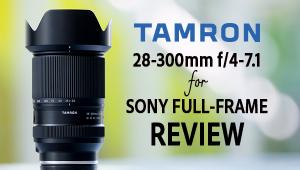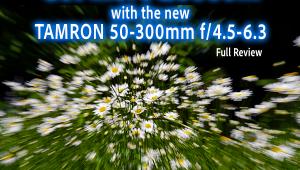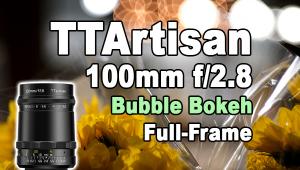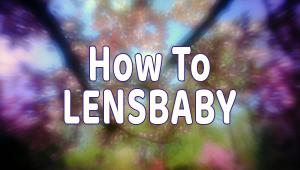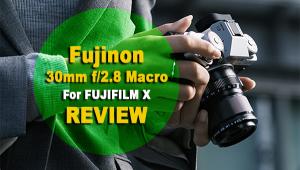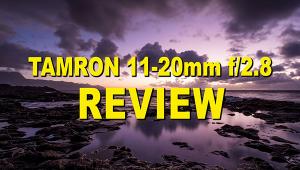Buying Smart; Tele-Converters; TC? Or Not TC? That Is The Question
Back in the day when prime lenses ruled supreme and snooty purists decried zooms for lack of absolute sharpness, Tele-Converters (TCs) were popular accessories. Photographers wanted to bring distant subjects closer, and TCs provided a means to that end. Also known as tele-extenders, these thick slabs of metal and glass increase the focal length of a given lens while also decreasing the f/stop. Physically they resemble a short lens with two ends but no front. They fit between the camera body and lens and work their magic. But is it magic they deliver? Or is it mayhem? The answer awaits.
All TCs have a few things in common. They are categorized and labeled by how much they increase the focal length. The most common type, the 2x, effectively doubles the focal length of the lens it conjoins. A 1.4x increases the focal length by that amount. About the longest you’ll encounter is a 3x. Fortunately, a TC does not change the lens’ minimum focusing distance, a nice advantage.
 |
|
|
 |
|
|
A 2x converter decreases the effective aperture by two stops. That’s pure physics and there’s no escaping it. On paper, an f/2.8 lens becomes an f/5.6, for example. However, the actual, measurable change may be greater. Because of differences in the optical designs of the TC and the lens, or because the TC is constructed with lower-quality materials and workmanship, light falloff can be more than the mathematics suggests. And that leads us to the next major category.
Some TCs are made by camera or lens manufacturers specifically to be matched with a particular lens or group of lenses. Others are made by third-party lens makers and are compatible—to one degree or another—with a broad variety of lenses. In the case of the dedicated converters, camera makers carefully match the optical formula of the converter to a lens (or handful of lenses) to deliver optimum results. For the second group, the relationship between TC and lens is haphazard—sometimes it’s a harmonious marriage and other times a total disaster.
Olympus offers a notable exception to the limited compatibility stipulated by most camera manufacturers. The Olympus EC-20 Teleconverter works with any Olympus Four Thirds lens. To show you the effect I’ve included examples of the EC-20 combined with the Olympus Zuiko Digital ED 8mm f/3.5 fisheye and with the Olympus Zuiko Digital ED 300mm f/2.8 telephoto. Judge for yourself, but I found both combinations amazing. The EC-20 also works with other brands of standard Four Thirds system lenses.
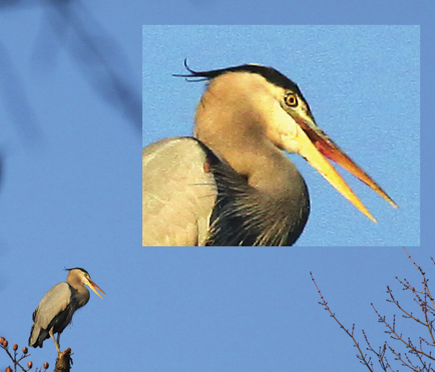 |
|
|
|
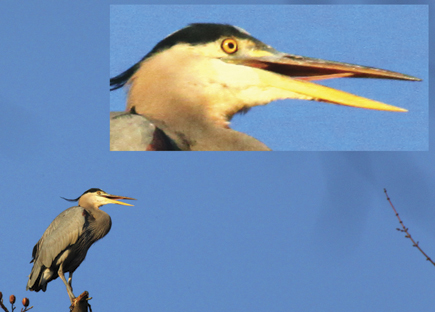 |
Always check with the manufacturer to make sure that the combination you want to use makes sense. In the case of both Canon and Nikon branded 1.4x and 2x TCs, you’ll find a complete list of compatible lenses on their respective websites. Where third-party converters are concerned, exercise extra caution, especially if your camera has an APS-C-sized image sensor that may or may not be compatible with a legacy TC designed originally for a film camera.
The odds are against TCs from the get-go. They rob the lens of light which has a number of dire consequences. With a smaller maximum aperture, your lens becomes more difficult to use at night. You’ll need a slower shutter speed and you know what that means. Even worse, the required illumination threshold for autofocus on some cameras—especially older models—is such that adding a TC spells doom. Many autofocus systems need lenses with an aperture of f/5.6 or larger to function accurately. Finally, when less light passes through a lens, the viewfinder is darker and composition can be more challenging.



